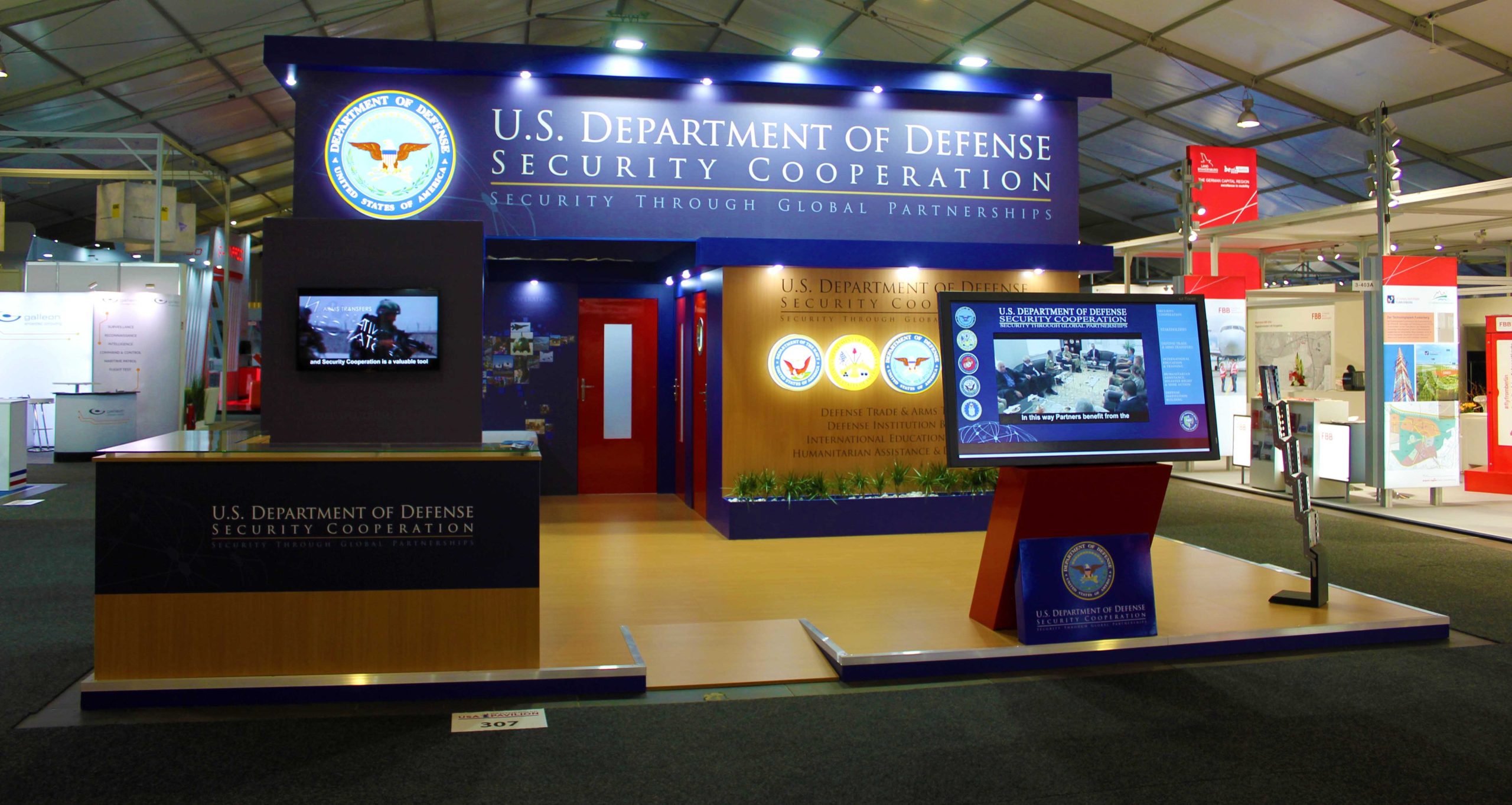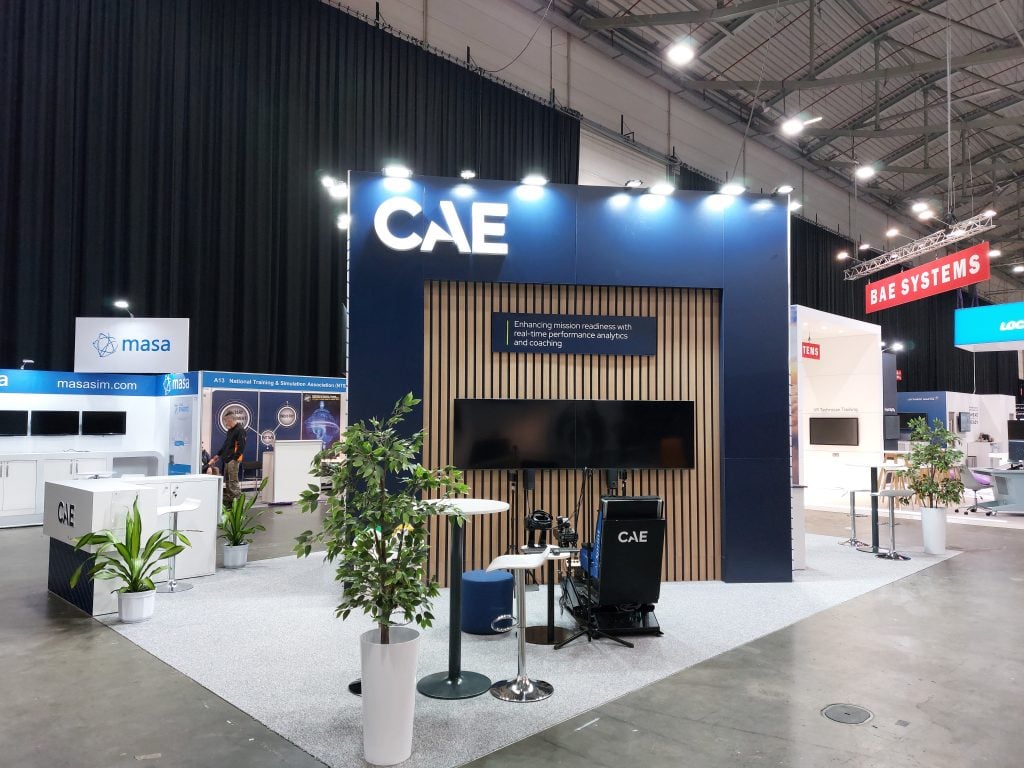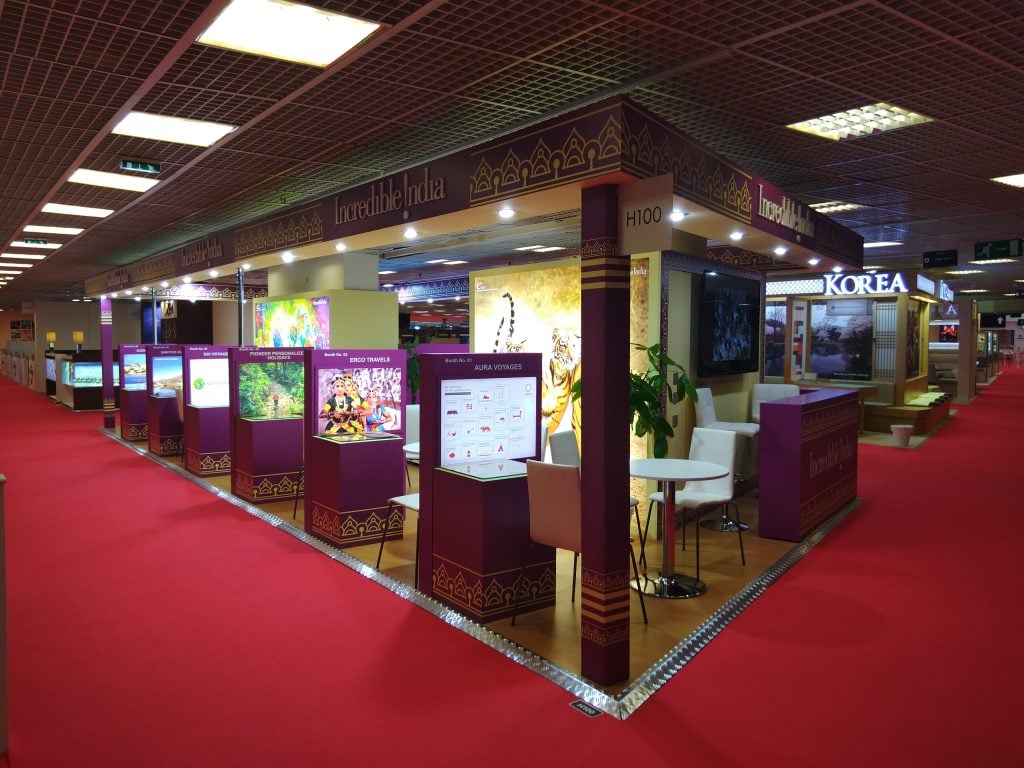
Introduction:
In the dynamic world of exhibition design, India stands at a unique crossroads, where tradition and innovation converge to create captivating experiences that reflect the country’s rich cultural heritage and forward-thinking mindset. From traditional craftsmanship to cutting-edge technology, Indian influence permeates every aspect of exhibition design, blending the old with the new in a seamless tapestry of creativity.
In this in-depth exploration, we delve into the fascinating intersection of tradition and innovation in Indian exhibition design, uncovering the diverse influences, techniques, and philosophies that shape this vibrant industry.
Embracing Cultural Heritage in Design:
Traditional Craftsmanship as Inspiration:
At the heart of Indian exhibition design lies a deep reverence for traditional craftsmanship and artisanal techniques. From intricate woodwork to handwoven textiles, exhibitors draw inspiration from India’s rich cultural heritage, infusing their designs with elements that pay homage to centuries-old traditions. This celebration of craftsmanship not only adds a distinctive aesthetic appeal to exhibitions but also serves as a testament to India’s enduring cultural legacy.
Incorporating Cultural Motifs and Symbolism:
Indian exhibition design often incorporates cultural motifs and symbolism, weaving stories of mythology, folklore, and symbolism into the fabric of the design. Whether through vibrant colors, intricate patterns, or symbolic imagery, exhibitors leverage these elements to create immersive experiences that resonate with attendees on a deeper, more emotional level. By tapping into the collective consciousness of Indian culture, exhibitors forge connections that transcend language and borders.
Harnessing Technology for Innovation:
Integration of Cutting-Edge Technology:
While tradition forms the foundation of Indian exhibition design, innovation propels it into the future. Exhibitors embrace cutting-edge technologies such as augmented reality (AR), virtual reality (VR), and interactive displays to create immersive and engaging experiences for attendees. By seamlessly blending tradition with technology, Indian exhibitors push the boundaries of design, offering visitors a glimpse into the past while ushering them into the digital age.
Digital Storytelling and Multimedia Experiences:
Digital storytelling has emerged as a powerful tool in Indian exhibition design, allowing exhibitors to communicate complex narratives in compelling and interactive ways. Through multimedia installations, audiovisual presentations, and interactive exhibits, exhibitors transport visitors on a journey of discovery, blending storytelling with technology to create memorable and impactful experiences. By harnessing the power of digital media, Indian exhibitors amplify the impact of their designs, captivating audiences and leaving a lasting impression.
Balancing Tradition and Innovation in Design:
Harmonizing Old and New:
The true brilliance of Indian exhibition design lies in its ability to seamlessly harmonize tradition and innovation, creating experiences that are both rooted in the past and forward-thinking in their approach. Exhibitors strike a delicate balance between preserving cultural heritage and embracing technological advancements, blending age-old techniques with modern technologies to create exhibitions that are at once timeless and cutting-edge.
Fostering Collaboration and Creativity
The intersection of tradition and innovation in Indian exhibition design fosters a culture of collaboration and creativity, where diverse perspectives and ideas converge to create something truly extraordinary. Exhibitors collaborate with artisans, designers, technologists, and storytellers to bring their vision to life, drawing inspiration from India’s rich cultural tapestry while embracing the limitless possibilities of modern technology. This collaborative spirit fuels innovation, driving the evolution of Indian exhibition design and ensuring its continued relevance on the global stage.
Conclusion:
In the ever-evolving landscape of exhibition design, India’s influence shines brightly as a beacon of creativity, tradition, and innovation. By embracing the rich cultural heritage and artistic legacy of the past while embracing the limitless possibilities of modern technology, Indian exhibitors create experiences that captivate, inspire, and delight. At the intersection of tradition and innovation, Indian exhibition design is not just a reflection of the country’s vibrant culture – it is a testament to the boundless creativity and ingenuity of its people.


 US
US
 EU
EU


